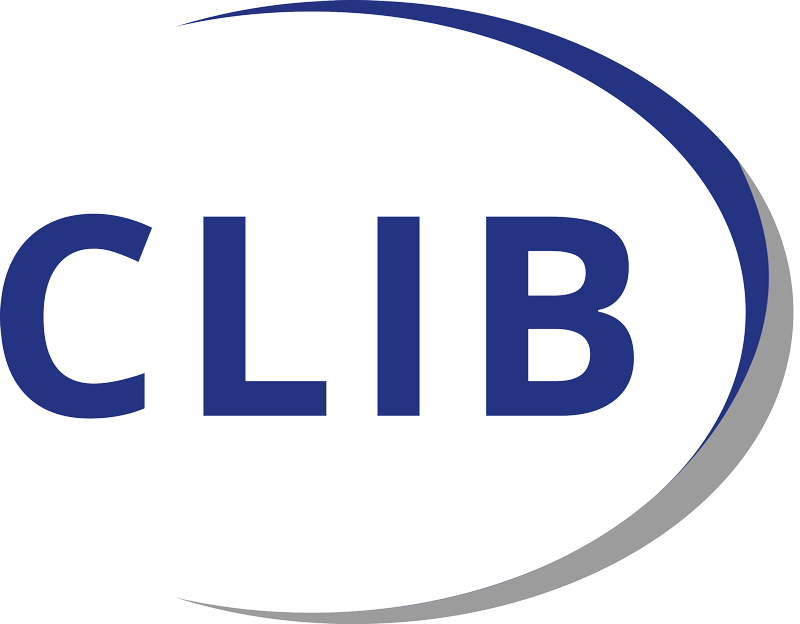Stora Enso from Sweden wins the innovation award “Cellulose Fibre Innovation of the Year 2021” with new cellulose foam for packaging
Hürth, 3 February 2021
Yesterday, the overall 190 participants of the 2nd International Conference on Cellulose Fibres (CCF), chose the three winners of the innovation award “Cellulose Fibre Innovation of the Year 2021”. The award was granted for the first time ever, organised by the nova-Institute, Hürth, and sponsored by LEVACO Chemicals from Leverkusen. From a total of 12 submissions, an expert advisory board nominated six companies, which then presented themselves at the conference in a ten-minutes presentation and ran as candidates.
“The first conference on cellulose fibres in 2020 hit the mark. We could give the growing industry an ideal platform for exchange and networking.”, stated Michael Carus, CEO of nova-Institute and initiator of the conference. “The second conference continued the success and presented many new applications and solutions based on cellulose. Even though the corona year 2020 left its traces behind and the growth of previous years could not be continued, the industry is optimistic about the future and expects two-digit growth per year again soon.”
As a result of growing environmental awareness, approaching plastic bans for several single-use products and restrictions and labelling for products containing plastic fibres, the demand for cellulose-based solutions is growing. The growing demand, in turn, is leading to rapid technology development that is enabling material properties previously thought impossible for cellulose fibres. Cellulose is becoming a versatile miracle material! On the conference, the three winners bore eloquent witness to this development. They presented products that, without sacrificing performance, completely avoid plastics and further reduce costs and carbon footprint thanks to more efficient processes.
The 190 participants from 22 countries responded well to the new online format of the conference. In addition to the 25 expert presentations, five panel discussions and over 150 questions from the audience, there were extensive networking opportunities. With just a few clicks, bilateral video chats could be arranged, which were actively used by the participants.
The thematic focus was on strategies, markets, technologies and sustainability – and in particular on alternative sources for cellulose feedstock to reduce the demand for virgin cellulose.
Here are the three awarded products in detail
First place: Stora Enso (Sweden): Cellulose Foam by Stora Enso – a lightweight cellulose foam for packaging
“Cellulose Foam by Stora Enso” is a lightweight foam material made from cellulose. It is designed as an eco-friendly alternative for fossil-based packaging and cushioning materials such as expanded polystyrene or polyethylene. The foam has comparable shock-absorbing and insulating properties whilst being bio-based, biodegradable, compostable and recyclable in ordinary paper recycling.
Second place: Kelheim Fibres (Germany): Fibre solutions for plastic-free absorbent hygiene products
Kelheim Fibres developed plant-based fibre solutions for absorbent hygiene products (AHP). These comprise speciality fibres for the single layers of AHP with different functionalities: a hydrophobized fibre for the top-sheet, a trilobal fibre for the acquisition/distribution layer and a hollow fibre for the absorbent core. These biodegradable and sustainably manufactured fibres enable the replacement of plastic fibres without a loss of performance. The material has the potential to be used also for the production of textiles, such as reusable menstrual underwear. First commercial end-products using Kelheim’s fibre solutions are developed and intended to be launched this year.
Third place: Metsä Spring (Finland): Textile fibre based on paper-grade pulp
The Metsä Group developed a new, energy-efficient process to produce high-quality cellulose fibres for the textile sector, based on a new solvent family. Using ionic liquids, cellulose fibres can be produced from paper-grade pulp, avoiding the use of energy-intensive dissolving pulp, which is promising in terms of ecological and economic advantages. This allows to tap into further markets for sustainable textiles.


